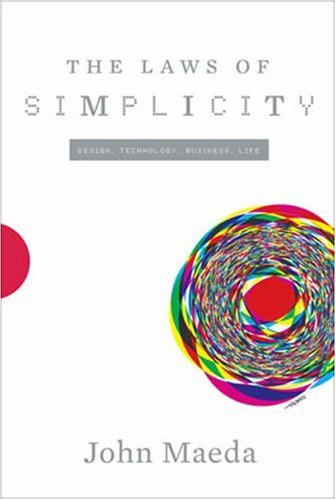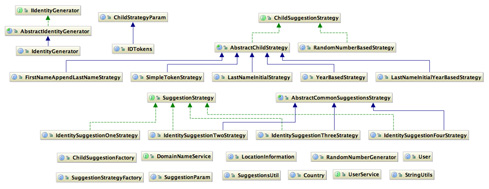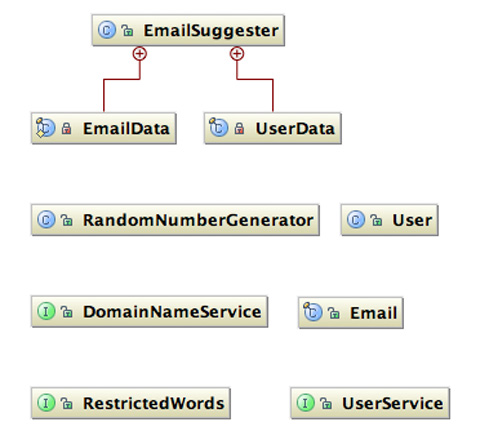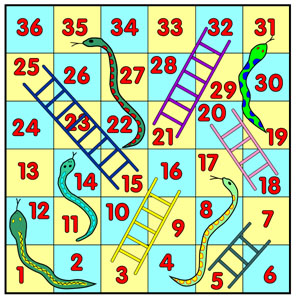OO Design Principles
Thursday, June 7th, 2012Following Object Oriented Design Principles have really helped me designing my code:
- Single Responsibility Principle
- Open Closed Principle
- Liskov Substitution Principle or Design by Contract
- Interface Segregation Principle
- Dependency InversionPrinciple
- Once and Only Once
- DRY – Don’t Repeat yourself
- Tell Don’t Ask
- The Law of Demeter
- Triangulate – When you are not sure what the correct abstraction should be, instead of pulling out an abstraction upfront, you get the second case to work by duplicating and modifying a small piece of code. Once you have both the solutions working, find the “generic” form and create an abstraction
Along with these principles, I’ve also learned a lot from the 17 rules explained in the Art of Unix Programming book:
- Rule of Modularity: Write simple parts connected by clean interfaces
- Rule of Clarity: Clarity is better than cleverness.
- Rule of Composition: Design programs to be connected to other programs.
- Rule of Separation: Separate policy from mechanism; separate interfaces from engines
- Rule of Simplicity: Design for simplicity; add complexity only where you must
- Rule of Parsimony: Write a big program only when it is clear by demonstration that nothing else will do
- Rule of Transparency: Design for visibility to make inspection and debugging easier
- Rule of Robustness: Robustness is the child of transparency and simplicity
- Rule of Representation: Fold knowledge into data so program logic can be stupid and robust
- Rule of Least Surprise: In interface design, always do the least surprising thing
- Rule of Silence: When a program has nothing surprising to say, it should say nothing
- Rule of Repair: When you must fail, fail noisily and as soon as possible
- Rule of Economy: Programmer time is expensive; conserve it in preference to machine time
- Rule of Generation: Avoid hand-hacking; write programs to write programs when you can
- Rule of Optimization: Prototype before polishing. Get it working before you optimize it
- Rule of Diversity: Distrust all claims for “one true way”
- Rule of Extensibility: Design for the future, because it will be here sooner than you think








